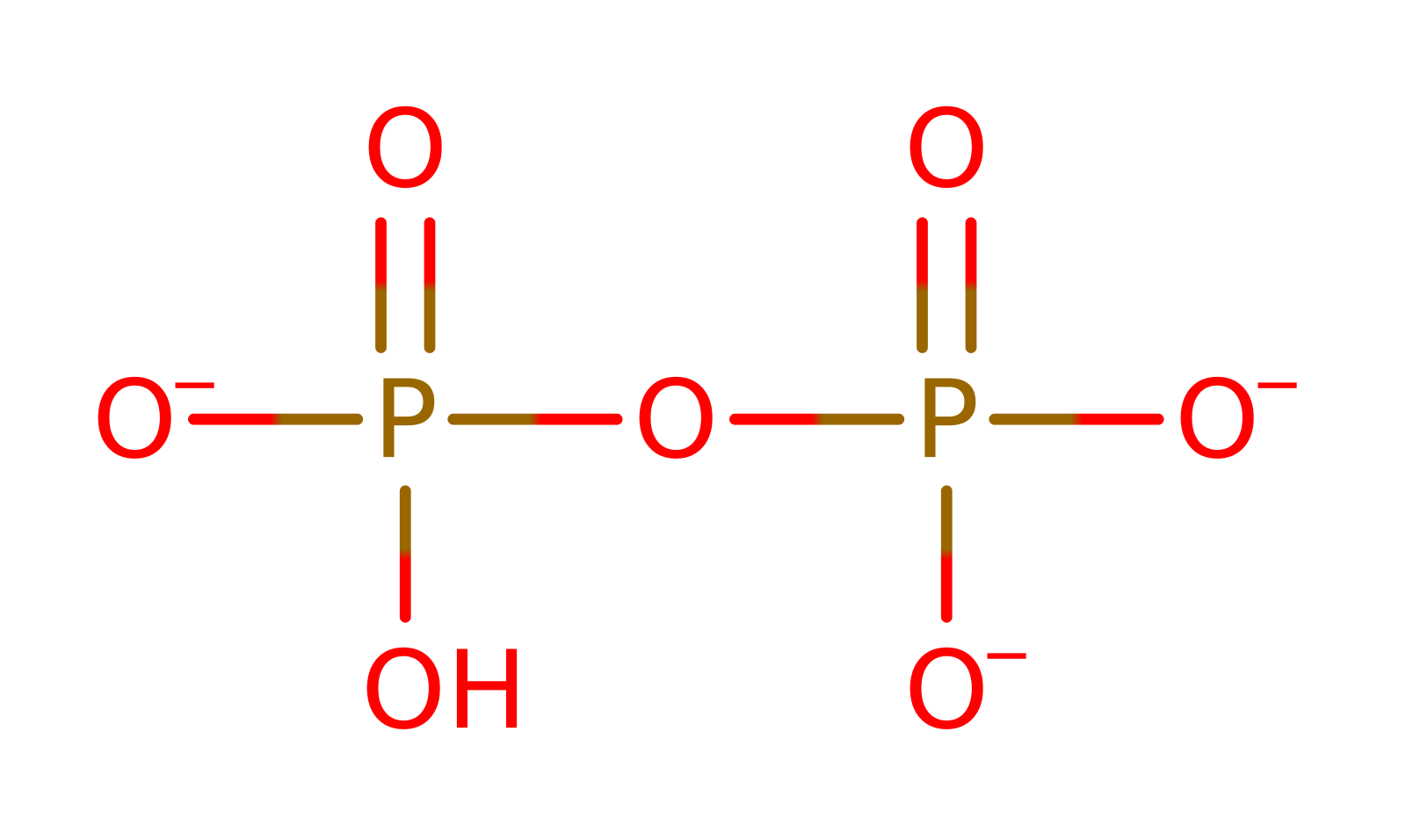Sulfate adenylyltransferase
ATP sulphurylase from Saccharomyces cerevisiae is able to catalyse the formation of adenosine-5-phosphosulphate. This functions as the first step in the incorporation of sulphate into biological molecules because it activates the sulphate towards nucleophilic attack by adding a good leaving group. The enzyme is part of a family of ATP sulphurylases (alpha/beta phosphodiesterase superfamily) which include those from the sulphur reducing bacteria, and proteins with dual kinase and sulphurylase activity found in mammals. The enzyme thus plays a vital role for cysteine and methionine biosynthetic pathways. While bacterial forms of ATPS form tetrameric hetero-dimer complexes which contain a GTPase subunit responsible for GTP hydrolysis and resulting activation of the catalytic reaction, homologues of ATPS from organisms such as yeast and plants exist as monomers or homo-oligomeric complexes and do not require GTP for activation.
Reference Protein and Structure
- Sequence
-
P08536
 (2.7.7.4)
(2.7.7.4)
 (Sequence Homologues)
(PDB Homologues)
(Sequence Homologues)
(PDB Homologues)
- Biological species
-
Saccharomyces cerevisiae S288c (Baker's yeast)

- PDB
-
1g8f
- ATP SULFURYLASE FROM S. CEREVISIAE
(1.95 Å)



- Catalytic CATH Domains
-
3.40.50.620
 (see all for 1g8f)
(see all for 1g8f)
- Cofactors
- Magnesium(2+) (1)
Enzyme Reaction (EC:2.7.7.4)
Enzyme Mechanism
Introduction
ATP sulphurylase catalyses the reaction mostly by simply bringing the substrate in a close proximity and appropriate conformation. The reaction proceeds via a single step nucleophilic substitution without a covalent enzyme bound intermediate being formed.
ATP is able to make an in-line nucleophilic attack on the adjacent sulfate with stereochemical inversion at the alpha-phosphorous leading directly to the formation of APS with pyrophosphate as a leaving group. The pentavalent phosphate intermediate that forms as a result of the nucleophilic attack is stabilised by contact with Arg 290 and Magnesium, but the His-xx-His motif is involved purely in binding and stabilising PPi rather than the general acid-base functionality observed in other members of the family.
Catalytic Residues Roles
| UniProt | PDB* (1g8f) | ||
| His201 | His201A | Acts as a proton donor to facilitate collapse of the intermediate. | hydrogen bond acceptor, hydrogen bond donor, proton acceptor, proton donor |
| Arg197 (main-N), Thr196, His204, Arg290 | Arg197A (main-N), Thr196A, His204A, Arg290A | Stabilises the pentacoordinate transition state. | hydrogen bond donor, electrostatic stabiliser, steric role |
Chemical Components
bimolecular nucleophilic addition, proton transfer, overall reactant used, intermediate formation, bimolecular elimination, intermediate terminated, overall product formed, native state of enzyme regeneratedReferences
- Ullrich TC et al. (2001), EMBO J, 20, 316-329. Crystal structure of ATP sulfurylase from Saccharomyces cerevisiae, a key enzyme in sulfate activation. DOI:10.1093/emboj/20.3.316. PMID:11157739.
- Cleland WW et al. (2006), Chem Rev, 106, 3252-3278. Enzymatic Mechanisms of Phosphate and Sulfate Transfer. DOI:10.1021/cr050287o. PMID:16895327.
- Sun M et al. (2005), Biochemistry, 44, 13941-13948. Anatomy of an Energy-Coupling MechanismThe Interlocking Catalytic Cycles of the ATP Sulfurylase−GTPase System†. DOI:10.1021/bi051303e. PMID:16229483.
- Lalor DJ et al. (2003), Protein Eng, 16, 1071-1079. Structural and functional analysis of a truncated form of Saccharomyces cerevisiae ATP sulfurylase: C-terminal domain essential for oligomer formation but not for activity. DOI:10.1093/protein/gzg133. PMID:14983089.
- Beynon JD et al. (2001), Biochemistry, 40, 14509-14517. Crystal Structure of ATP Sulfurylase from the Bacterial Symbiont of the Hydrothermal Vent TubewormRiftia pachyptila†,‡. DOI:10.1021/bi015643l. PMID:11724564.
- Zhang H et al. (1999), J Am Chem Soc, 121, 8692-8697. α-Thio-APS: A Stereomechanistic Probe of Activated Sulfate Synthesis. DOI:10.1021/ja991648i.
- Deyrup AT et al. (1999), J Biol Chem, 274, 28929-28936. Chemical Modification and Site-directed Mutagenesis of Conserved HXXH and PP-loop Motif Arginines and Histidines in the Murine Bifunctional ATP Sulfurylase/Adenosine 5'-Phosphosulfate Kinase. DOI:10.1074/jbc.274.41.28929. PMID:10506138.
- Venkatachalam KV et al. (1999), J Biol Chem, 274, 2601-2604. Site-selected Mutagenesis of a Conserved Nucleotide Binding HXGH Motif Located in the ATP Sulfurylase Domain of Human Bifunctional 3'-Phosphoadenosine 5'-Phosphosulfate Synthase. DOI:10.1074/jbc.274.5.2601. PMID:9915785.

Step 1. The sulfate substrate attacks the alpha phosphate group, forming a transient penta-coordinate intermediate. Computational modelling of the active site has shown magnesium to bind to the phosphate groups, and kinetic analysis of related enzymes has indicated a magnesium dependent reaction. However, as of yet, the presence of a magnesium ion has not been identified in crystal structures [PMID:11157739]. The hydrogen bond interactions shown to exist between the anionic phosphate groups of ATP and the active site residues by crystallographic data are thought to induce a reactive conformation in the ATP substrate [PMID:11157739].
Download: Image, Marvin FileCatalytic Residues Roles
| Residue | Roles |
|---|---|
| Arg197A (main-N) | hydrogen bond donor, electrostatic stabiliser, steric role |
| Thr196A | hydrogen bond donor, electrostatic stabiliser, steric role |
| His201A | hydrogen bond donor |
| His204A | electrostatic stabiliser |
| Arg290A | electrostatic stabiliser |
| His201A | proton donor |
Chemical Components
ingold: bimolecular nucleophilic addition, proton transfer, overall reactant used, intermediate formation
Step 2. His201 deprotonates the alpha phosphate hydroxyl, initiating the elimination of pyridoxal phosphate and formation of adenyl sulfate.
Download: Image, Marvin FileCatalytic Residues Roles
| Residue | Roles |
|---|---|
| Arg197A (main-N) | hydrogen bond donor, electrostatic stabiliser, steric role |
| Thr196A | hydrogen bond donor, electrostatic stabiliser, steric role |
| His201A | hydrogen bond acceptor |
| His204A | electrostatic stabiliser |
| Arg290A | electrostatic stabiliser |
| His201A | proton acceptor |





 Download:
Download: